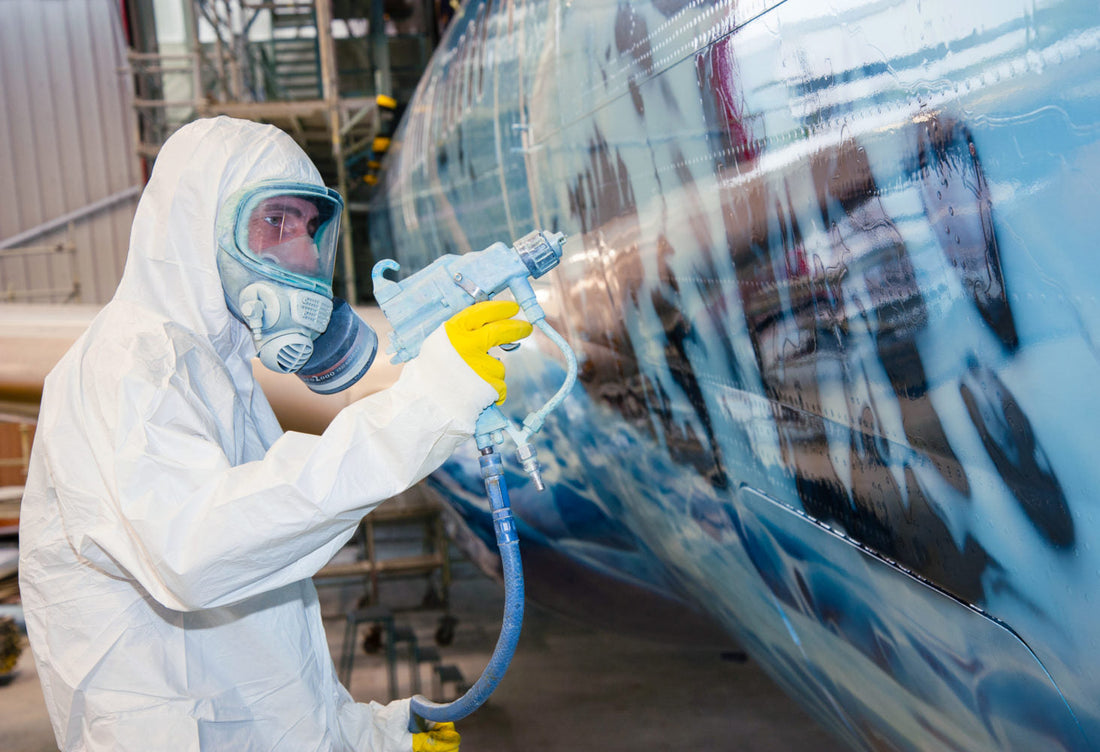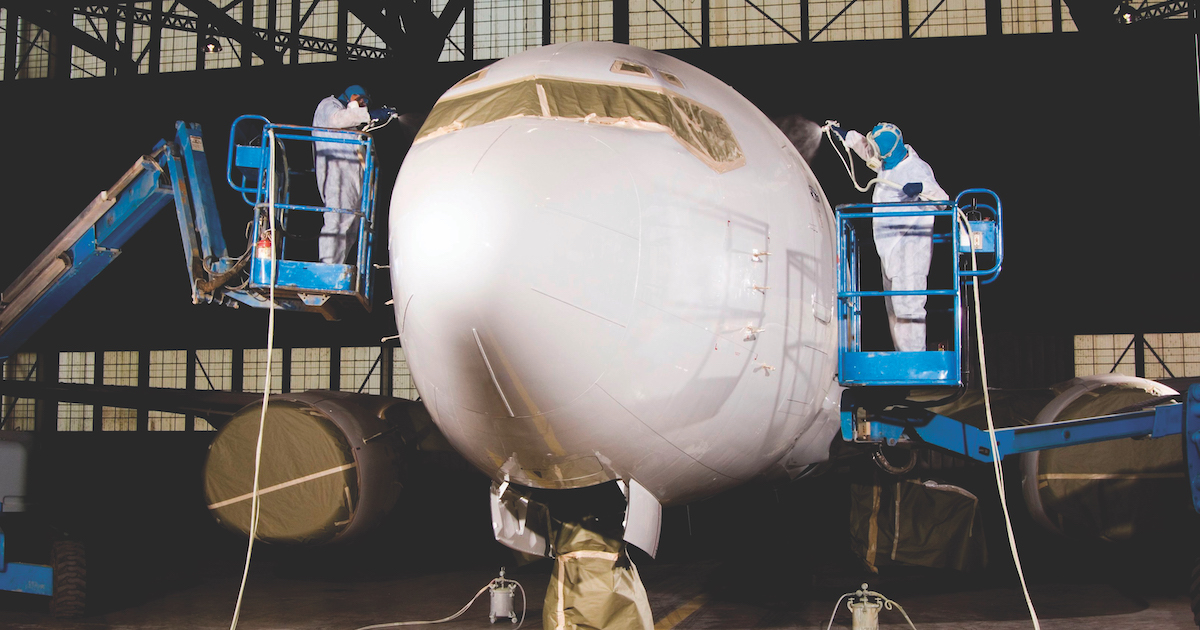
Maintaining Aircraft Paint Consistency with Automated Inspection: How Do We Achieve It?
Share
Maintaining Aircraft Paint Consistency with Automated Inspection is a pressing topic in today's aviation sector. The integration of advanced technologies, combined with the need for durability and aesthetics in aircraft paint, brings new challenges to the fore. As aircraft manufacturers and maintenance crews aim for perfection, one question looms: How do we ensure paint consistency while maximizing efficiency? In this comprehensive guide, we will delve deep into the methods, technologies, and best practices to achieve this goal.

The Importance of Aircraft Paint Consistency
Consistent paint application on aircraft is not just about looks; it plays a vital role in aerodynamics, corrosion resistance, and overall aircraft performance. A uniform exterior not only enhances visual appeal but also reduces drag and improves fuel efficiency. Furthermore, when paint fails to adhere correctly, it can lead to costly repairs and prolonged downtime, affecting airline schedules and profitability.
Challenges with Traditional Inspection Methods
Historically, aircraft paint inspection relied heavily on manual techniques. Workers would check for flaws, color discrepancies, and proper thickness using handheld tools. While this method worked well for a time, it comes with several challenges:
- Inconsistency due to human error
- Time-consuming processes
- Subjectivity in evaluation
- Inability to catch defects early in the process
As we move forward, the aviation industry recognizes the necessity for shifting to advanced inspection methods. This is where automated inspection technology makes an impactful entrance.
Advantages of Automated Inspection
Automation in the paint inspection process offers numerous benefits over traditional methods. Here are some of the core advantages:
- Increased Accuracy: Automated systems utilize advanced algorithms to analyze paint consistency with high precision, eliminating human subjectivity.
- Time Efficiency: Inspection processes can be conducted at a fraction of the time it takes for manual methods, promoting quicker turnaround in aircraft maintenance.
- Data Collection: Automated systems provide robust data analysis capabilities, enabling manufacturers to spot trends and issues early on.
- Consistency: Automated processes ensure that each inspection adheres to the same protocols, providing reliable results.
How Automated Inspection Works
The basis of automated inspection lies in advanced imaging technologies such as machine learning and deep learning techniques. These technologies can be integrated into different stages of the aircraft painting process, ensuring consistent evaluation from start to finish.
Key components include:
- Computer Vision: Cameras equipped with powerful software analyze the surface of the paint, detecting any inconsistencies.
- Machine Learning Algorithms: These algorithms learn from previous inspections, allowing for continual improvement in identifying defects.
- Automated Feedback Loops: Immediate feedback allows operators to make adjustments to the painting process, ensuring consistency and fewer errors.
Implementing Automated Inspection in Aircraft Painting
Transitioning to an automated inspection system requires meticulous planning and setup. Heres a guide on how to implement it effectively:
1. Assess Current Systems
Evaluate your existing paint inspection methods. Identify areas that lack efficiency or accuracy. This understanding will guide your decisions moving forward.
2. Choose the Right Technology
Consider various vendors and their solutions. Research options that utilize the latest in automation technology and can be seamlessly integrated into your workflows.
3. Train Your Team
Ensure that your staff is well-informed about the new technology. Training in the operation of automated inspection tools will pay dividends in efficiency.
4. Continuous Monitoring
After implementation, regularly monitor the systems performance. Continuous improvement should be a priority in maintaining quality.
Future Trends in Aircraft Paint Automation
The aviation sector is always evolving, and the paints we use are also subject to this change. Here are some anticipated trends in automotive paint automation:
- AI-Driven Solutions: The integration of AI will further refine paint inspection, making it faster and more reliable.
- Eco-friendly Paints: The push for sustainability will lead to the development of environmentally friendly paint options.
- Smart Sensor Technologies: These will enhance inspection precision, with sensors capable of real-time performance tracking.
Conclusion
Maintaining Aircraft Paint Consistency through automated inspection surely revolutionizes the aviation industry. By moving toward technology-driven methods, companies can reduce errors, enhance efficiency, and ensure high-quality finishes for their aircraft. The future is undoubtedly bright for those willing to embrace these advancements.

FAQs
What is the primary benefit of automated inspection in aircraft painting?
Automated inspection provides improved accuracy and consistency in detecting paint defects compared to traditional manual methods.
How does machine learning enhance the inspection process?
Machine learning enables inspection systems to analyze past data, learning to identify defects with increasing accuracy over time.
What are the main technologies used in automated aircraft paint inspection?
Key technologies include computer vision, machine learning algorithms, and advanced imaging techniques.
For a deeper look into enhancing aircraft paint quality through automation, please visit Improve Aircraft Paint Quality. Also, for insights into overcoming high-speed aircraft paint inspection challenges, consider checking Overcoming Challenges. For understanding how aircraft are painted, refer to How Aircraft Are Painted.
